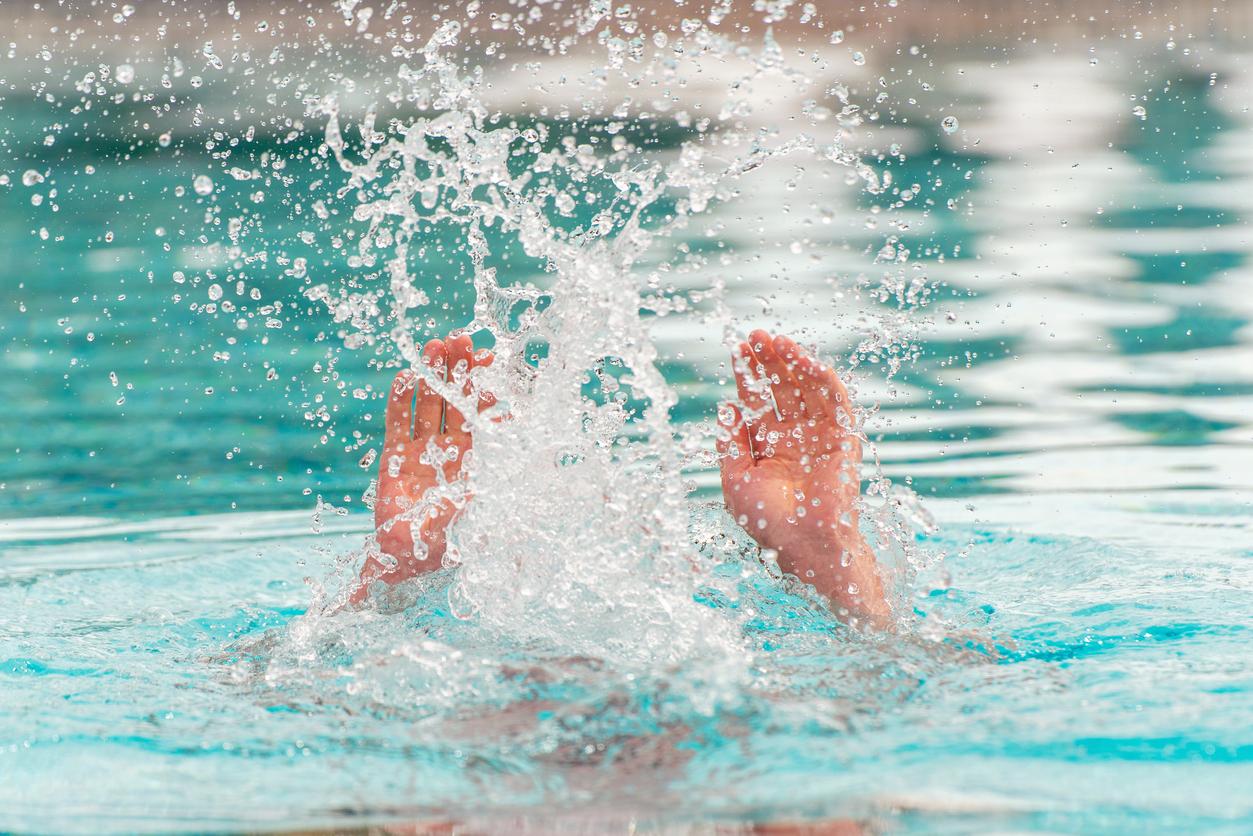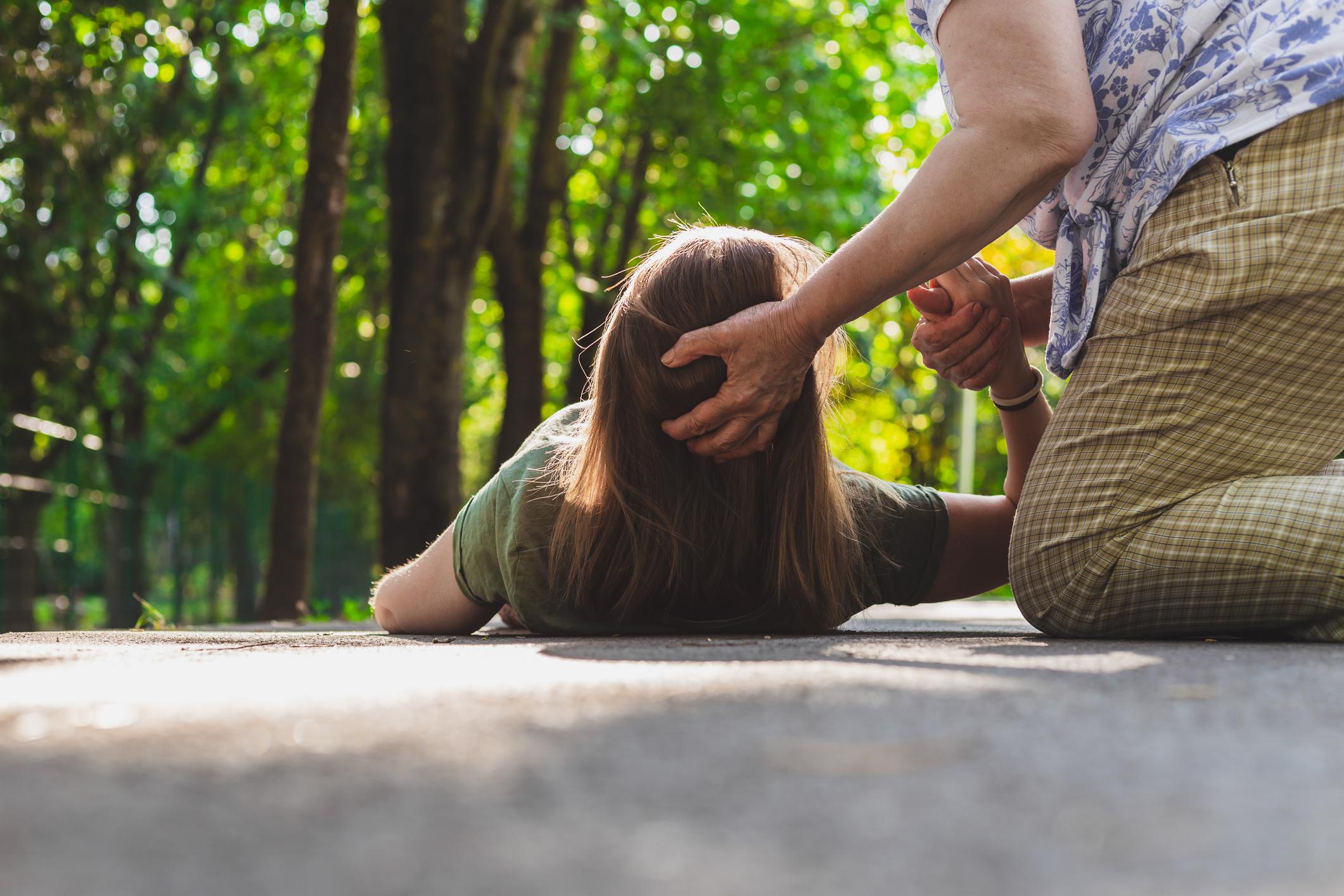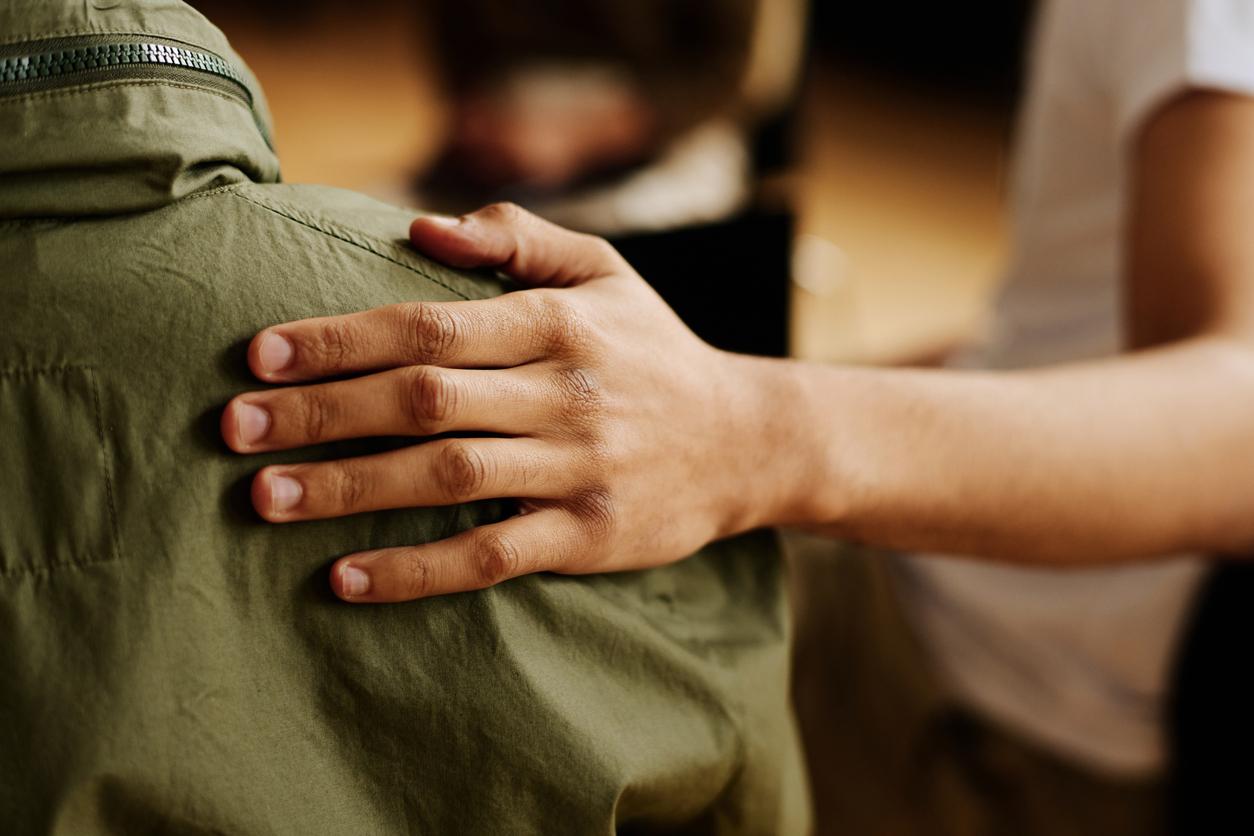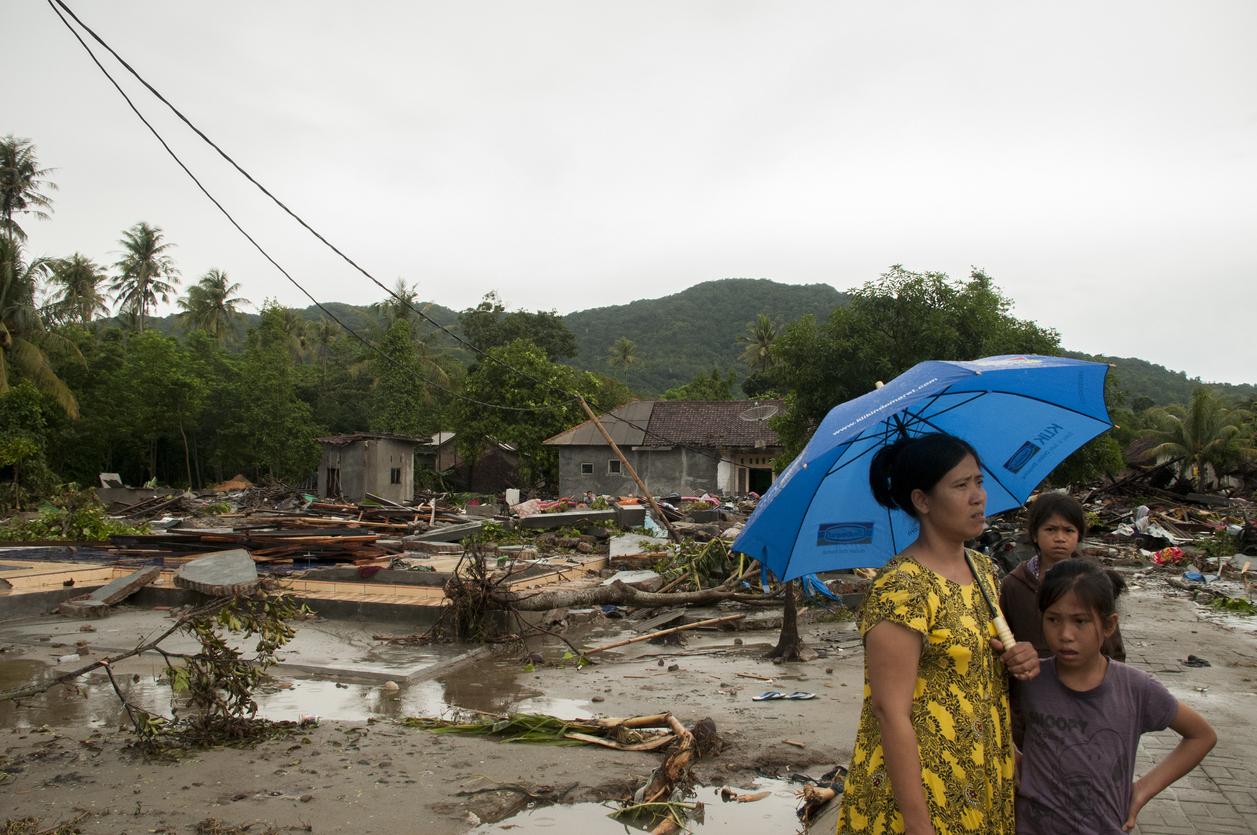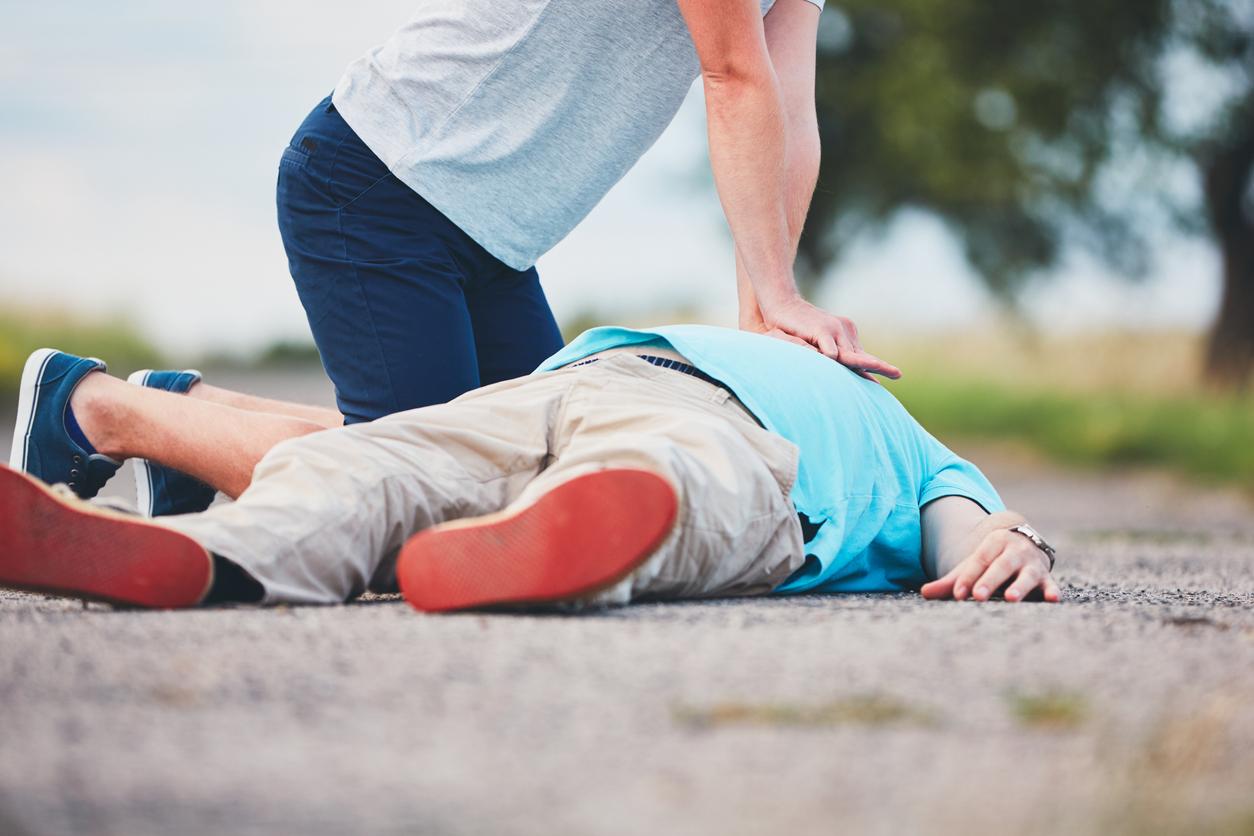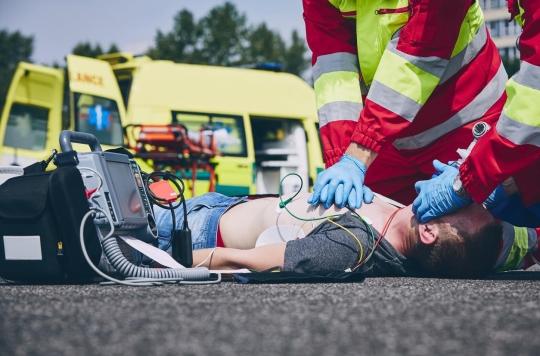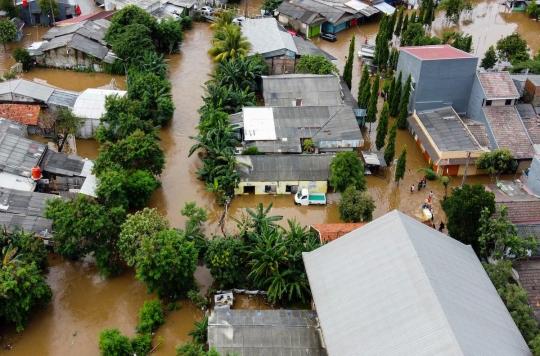In first aid, the deadline of 72 hours is a decisive period of time to find survivors still alive after a natural disaster and provide them with first aid.
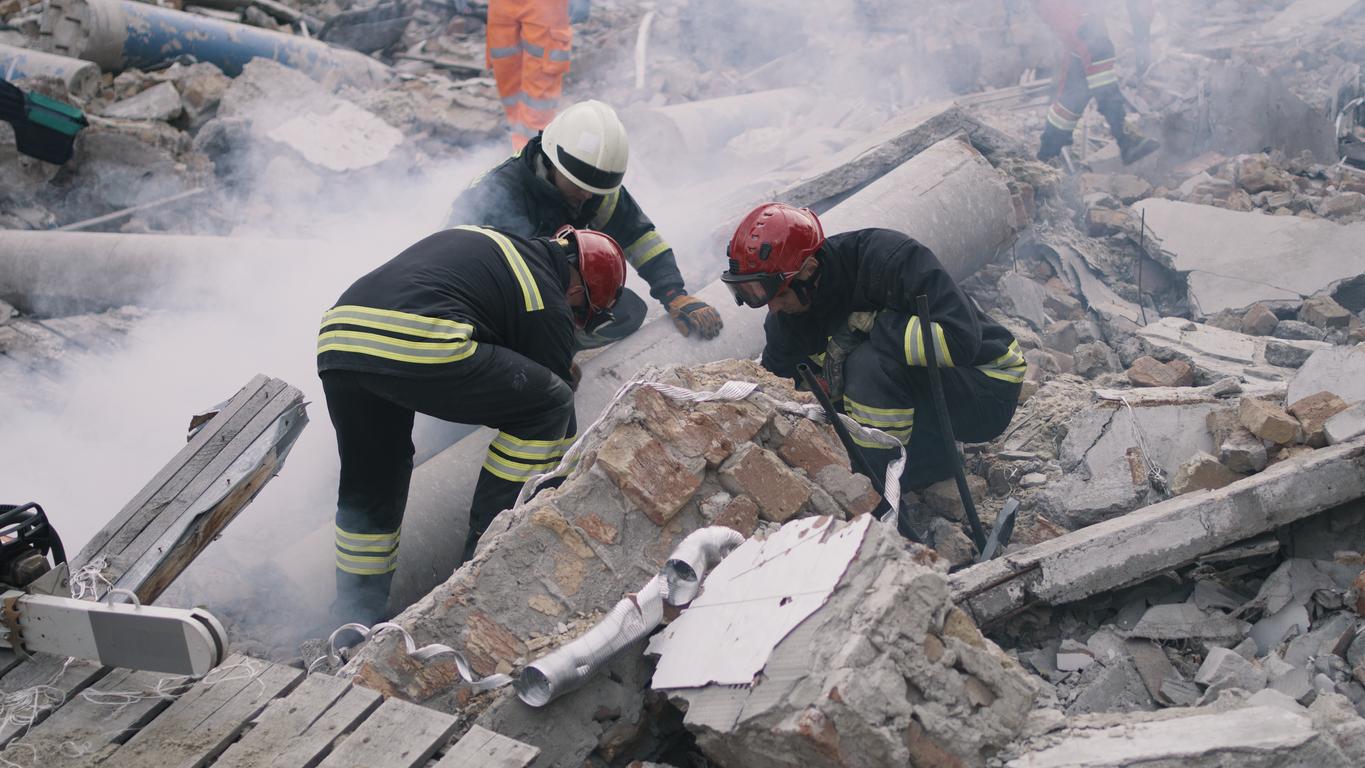
- An earthquake with a magnitude of 7.8 struck Monday, February 6 at dawn in southeastern Turkey and northern neighboring Syria.
- It caused the death of 16,000 people on Thursday morning February 9, 2023. A toll that is likely to increase in the coming days.
Every minute counts for the survivors of the earthquakes that hit Turkey and Syria. Indeed, it is in the 72 hours following an earthquake of this type that more than 90% of the survivors are rescued, a period now exceeded, indicates Ilan Kelman, researcher in natural disasters at the University College of London (UCL ), questioned by France 24.
Weather “completely against” rescuers in Turkey and Syria
However, this period of time can vary significantly depending on the weather, the frequency of aftershocks and the speed of help to arrive on the scene.
“In general, it is not earthquakes that kill people but the collapse of buildings”, says Ilan Kelman, who has published recent scientific work on responses to earthquakes. The first thing to do is to treat the people crushed under the ruined buildings before they die of their wounds, in particular by hemorrhage.
The weather also plays a very important role. The problem is that she is “completely against us” in Turkey and Syria, which has been freezing cold for two days. “This unfortunately means that people can die of hypothermia”, regrets the researcher. And devoid of water, even the survivors who manage to resist the cold and their wounds go “begin to die after three, four or five days”.
Earthquake: “The vast majority of survivors are brought back within 24 hours”
“The many aftershocks that follow the earthquake can aggravate the collapses and add to the fear, as much for the survivors as for the rescuershe continues. The vast majority of survivors are brought back within 24 hours by local teams, often using only their hands or a shovel.” Many countries have pledged to send search teams, but the earthquake hit a “conflict zone, remote and difficult to access”recalls Ilan Kelman.
Normally, a minimum of one day is enough for international aid to be operational. “At this point, a good number of people who could have survived have already perished”, says the expert. According to the researcher, the rescue teams have not yet managed to reach certain rebel areas or temporary accommodation for displaced people.
Once there, there are several ways to find survivors, for example with the search dogs. At present, a renowned unit of dogs from Mexico is on its way to Turkey. The use of robots and drones is increasingly widespread to break into cramped spaces too risky for humans.
The importance of preventing natural disasters
When a survivor is found, the rescuers must quickly decide how to extract him from the rubble in the best possible way. Huge equipment, such as cranes, are sometimes needed to lift the slabs of ruined buildings. Sometimes the amputation of a limb “crushed under a pillar or piece of masonry” necessary, adds Ilan Kelman.
Finally, the expert points out, “A successful relief operation begins decades before the earthquake, trying to prevent infrastructure from collapsing”. The cost of an international rescue operation is estimated at one million dollars per life saved. “If the same sums were invested in disaster prevention, we would not be here”he laments.








